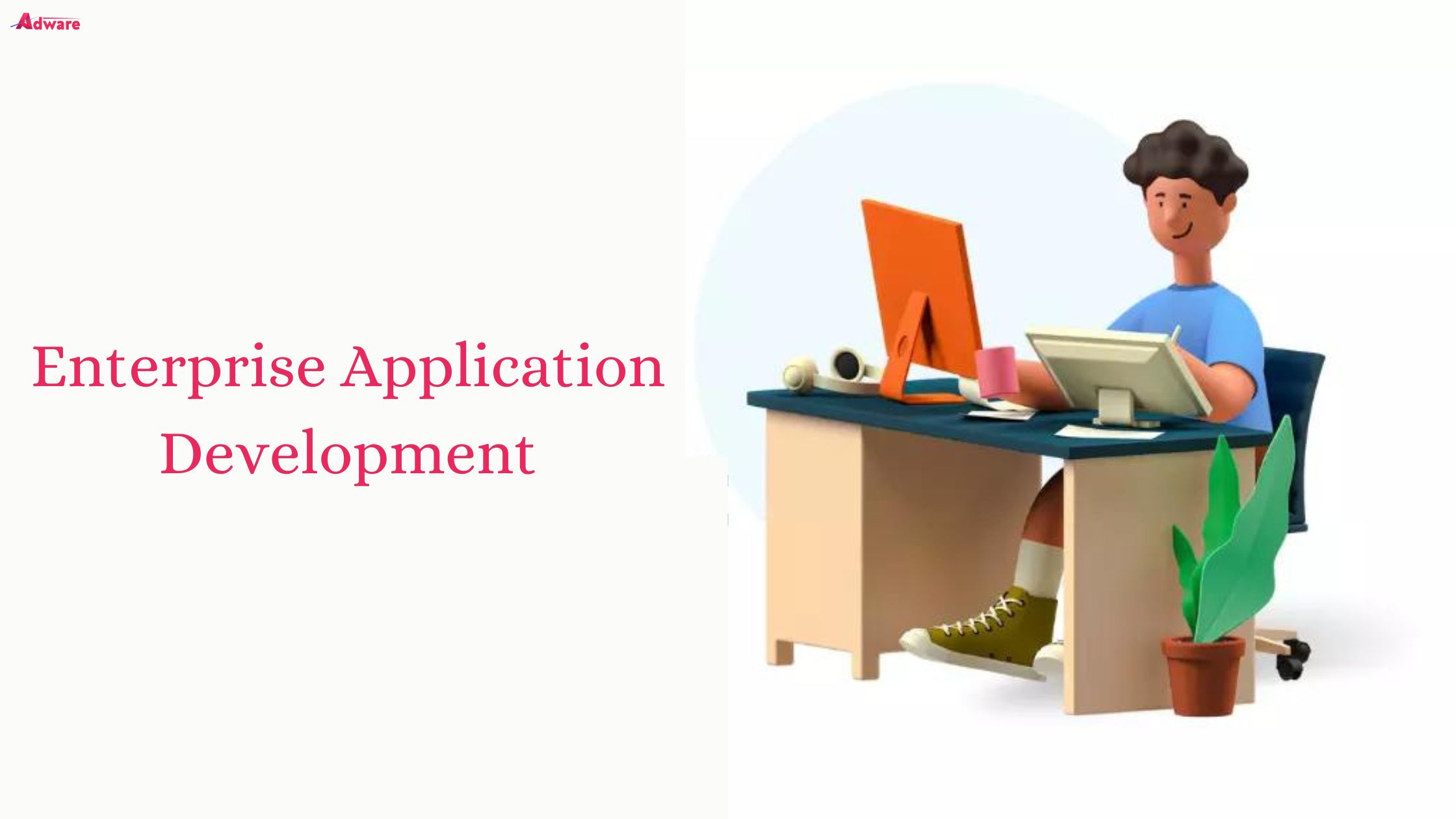Explore the journey of creating enterprise application development, from planning to deployment, for effective and scalable business solutions:
Start by planning your project, setting clear goals, and understanding what's needed. Then, design the application, making sure it's easy to use and can handle a lot of users.
Next, develop the application by writing the code and building its features. Test it thoroughly to make sure it works correctly and fix any problems.
Once everything's working, deploy the application to the live environment where users can access it. Finally, maintain and update the application regularly to keep it running smoothly and meeting the needs of the business.
Mastering the complex process of developing enterprise applications is crucial for any company aiming to use technology to boost performance and stay ahead of the competition.
This journey covers several key stages, starting with planning and continuing through maintenance. The goal is to build strong, adaptable applications that meet the specific requirements of big organizations.
Introduction to Enterprise Application Development
Enterprise application development acts as a vital link between what a business needs and what IT capabilities. Its main aim is to create, update, and manage applications that help big companies run smoothly. Over time, this process has changed a lot, becoming more flexible and teamwork-oriented to keep up with the fast-paced business world. The ultimate goal is simple: to make sure the IT systems in place are effective, able to grow as the business grows and look good while doing it.
Types of Enterprise Applications
Enterprise applications come in different types, each meant to solve particular business problems.
Asset Management Apps make it easier to track and manage company assets, saving time and money.
HRMS (Human Resource Management System) Apps automate HR tasks, making operations smoother.
Procurement Apps increase transparency and control in purchasing, making the procurement process more efficient.
Customer Support Apps improve customer service by helping businesses respond faster and better to customer needs.
Sales Apps offer digital tools to enhance sales processes, boosting revenue.
Barriers to Enterprise Application Development
Some obstacles can slow down enterprise application development, despite its advantages:
Legacy Systems:
Outdated technologies can make it hard to integrate new systems and scale up, creating big problems.
Collaboration Problems:
When business and IT teams aren't on the same page, it can make projects slower and more complicated.
Skill Gaps:
Not having enough developers with the right skills can mean projects take longer and cost more.
Agility Issues:
It's tough to switch to agile methods in a traditional organization, which can make development slower and less flexible.
Low-Code for Enterprise Application Development
Low-code development platforms, such as Mendix, are becoming increasingly popular for overcoming these hurdles. They speed up the development process by enabling developers to create applications with less manual coding.
These platforms provide a range of features and tools that promote fast development, teamwork, and creativity, making them extremely valuable in today's enterprise application development landscape.
Cloud Platforms in Enterprise App Development
Cloud platforms have completely changed how businesses develop applications, making it easier than ever to access, collaborate, and scale.
Knowing the differences between SaaS (Software as a Service), PaaS (Platform as a Service), and IaaS (Infrastructure as a Service) is key to using cloud technology well.
These platforms offer a secure and scalable base for creativity, and when choosing a provider, it's important to consider things like security, scalability, and their ability to help you innovate.
Learn More: Hire Ruby On Rails Developers
Enterprise Application Development Process
Creating enterprise applications is a careful process that requires a thorough approach to guarantee the result aligns with the business's goals and requirements.
This six-step process is essential for guiding developers and stakeholders in creating a strong, adaptable, and effective application. Let's explore each of these key stages in detail.
1. Requirement Gathering:
The first phase is crucial for the project's success. It entails thorough discussions with stakeholders, potential users, and the development team to grasp the application's business objectives, functional needs, and limitations.
Efficient requirement gathering aids in determining the project's scope, encompassing features, performance standards, and user roles interacting with the application. Surveys, interviews, and workshops are commonly used to ensure a comprehensive gathering of requirements.
2. Planning:
With a solid grasp of the requirements, the next phase involves meticulous planning of the development process. This step establishes the project's roadmap, timelines, resource allocation, and budget.
It entails selecting the appropriate technology stack, defining the development methodology (such as Agile, Scrum, or Waterfall), and establishing a project management framework. Effective planning ensures alignment of the project's objectives with the business goals and streamlines the development process for efficiency.
3. UI/UX Design:
The design phase concentrates on crafting a user-friendly interface and experience for the application. It begins with sketching out the basic layout, progressing to detailed prototypes that provide a realistic view of the application.
This stage is vital for guaranteeing the application is easy to use, accessible, and visually appealing. Designers collaborate closely with stakeholders and users to refine the designs, integrating feedback to improve usability and aesthetics. The objective is to develop an attractive interface that enables seamless and efficient user interactions.
4. Development:
In this stage, the application starts coming to life. Developers utilize the selected technology stack to construct the application, implementing the functionalities outlined in the requirements document.
This process is iterative, with the development team frequently releasing versions of the application for review and feedback.
Modern development methodologies like DevOps and continuous integration/continuous delivery (CI/CD) are utilized to automate processes and enhance efficiency.
Effective collaboration and communication within the development team are essential for overcoming challenges and ensuring the application meets the desired specifications.
5. Testing & Deployment:
Before releasing the application, it undergoes thorough testing to ensure it's free of bugs and functions correctly. This involves various tests like unit testing, integration testing, performance testing, and security testing.
Testing can largely be automated, speeding up feedback loops and iterations. Once the application passes all tests, it's deployed to the production environment. Deployment strategies differ, but the goal is to minimize downtime and ensure a seamless transition for users.
6. Maintenance & Support:
The development process doesn't end with deployment. After launching, the application needs continuous maintenance and support to resolve issues, add features, and enhance performance.
This phase guarantees the application stays up-to-date and meets the evolving needs of the business. Regular updates are planned based on user feedback and technological progress, ensuring the application stays secure, efficient, and meets user expectations.
By carefully following these six steps, businesses can ensure their enterprise application development results in robust, user-friendly, and scalable applications that effectively address their operational needs and strategic objectives. For more information, connect with us!




Comments (0)